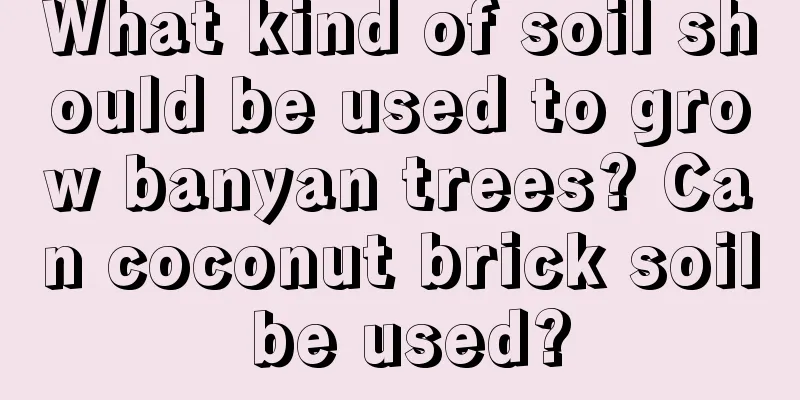Konjac winter management method

|
Konjac usually likes a warm environment and is sensitive to low temperatures, especially below 0℃, and is easily affected by frost damage. Konjac can be processed into many by-products, and the industrial chain is well developed. Below we will learn about the wintering management measures for konjac. 1. Ditch cleaning and soiling In areas with low altitudes, less snow accumulation, and no permafrost, fallen konjac plants should be removed in a timely manner, and the furrows should be cleaned in combination with weeding, the holes left by the konjac petioles should be sealed, and the soil layer should be thickened to keep warm and prevent frost. The soil thickness is recommended to be kept at 15-20 cm. 2. Add covering After sealing the petiole holes, use black mulch, crop straw, leaves and other materials to cover them for insulation. When covering, make sure the ground film is intact and not damaged, and compact it with soil all around; the covering of crop straw and leaves should be even and about 10 cm thick. Especially when a cold wave comes, it is necessary to check the covering situation regularly to ensure that the covering is tight to achieve the effect of keeping warm and preventing frost. 3. Indoor storage over the winter In areas with high altitudes, low temperatures, easy snow accumulation and possible permafrost, konjac should be moved indoors after harvesting. You can use the method of spreading the items out flat on the shelves or filling the baskets to 2/3 full and then placing them in a cross shape. The indoor temperature should be maintained at approximately 10°C. During the sunny noon period, ventilation can be allowed for 1-2 hours; when encountering rainy or snowy weather, doors and windows should be closed to prevent cold air from entering. According to the storage conditions, you can light a fire to increase the temperature and raise the storage temperature of the seed taro to ensure the safe wintering of the seed taro. In summary, by implementing these measures, konjac can be effectively protected from the effects of low temperatures in winter, laying a good foundation for its growth in the coming year.
|
<<: Key points for managing grapevines overwintering
>>: Management methods for bougainvillea overwintering
Recommend
What fertilizer to apply to green radish in spring
1. What fertilizer to apply Generally speaking, t...
What are the cultivation methods and precautions of wintersweet?
Growth habits of wintersweet Wintersweet generall...
Cultivation methods and maintenance of giant rose old piles
How to grow giant roses into old piles The height...
The difference between water plum blossom and impatiens
1. Different families The water plum blossom and ...
What is the best season to grow cucumbers?
Cucumber is actually called green melon in many p...
How to grow potatoes for high yield?
Potatoes are widely grown in our country, especia...
How to pot Clivia seedlings
1. Prepare the soil Before potting, you need to p...
Can dragon bone flowers be grown at home?
1. Can I keep it at home? It can be raised at hom...
Are cherry tomatoes a fruit or a vegetable?
Are cherry tomatoes fruits or vegetables? Small t...
How to care for zinnia in four seasons
Spring care for zinnias Suitable for placement on...
It is better to water strawberries every few days.
How often should strawberries be watered? Strawbe...
These 8 blue flowers are so beautiful!
Forget-me-not Forget-me-not is also called star f...
How to breed Milan to make it more vigorous
Milan growing conditions Milan likes warm and hum...
Is lemon a fruit or a vegetable?
Is lemon a fruit or a vegetable? Lemon is a fruit...
Cherry planting conditions and regional temperature requirements
Cherry Introduction Cherry is a general term for ...









